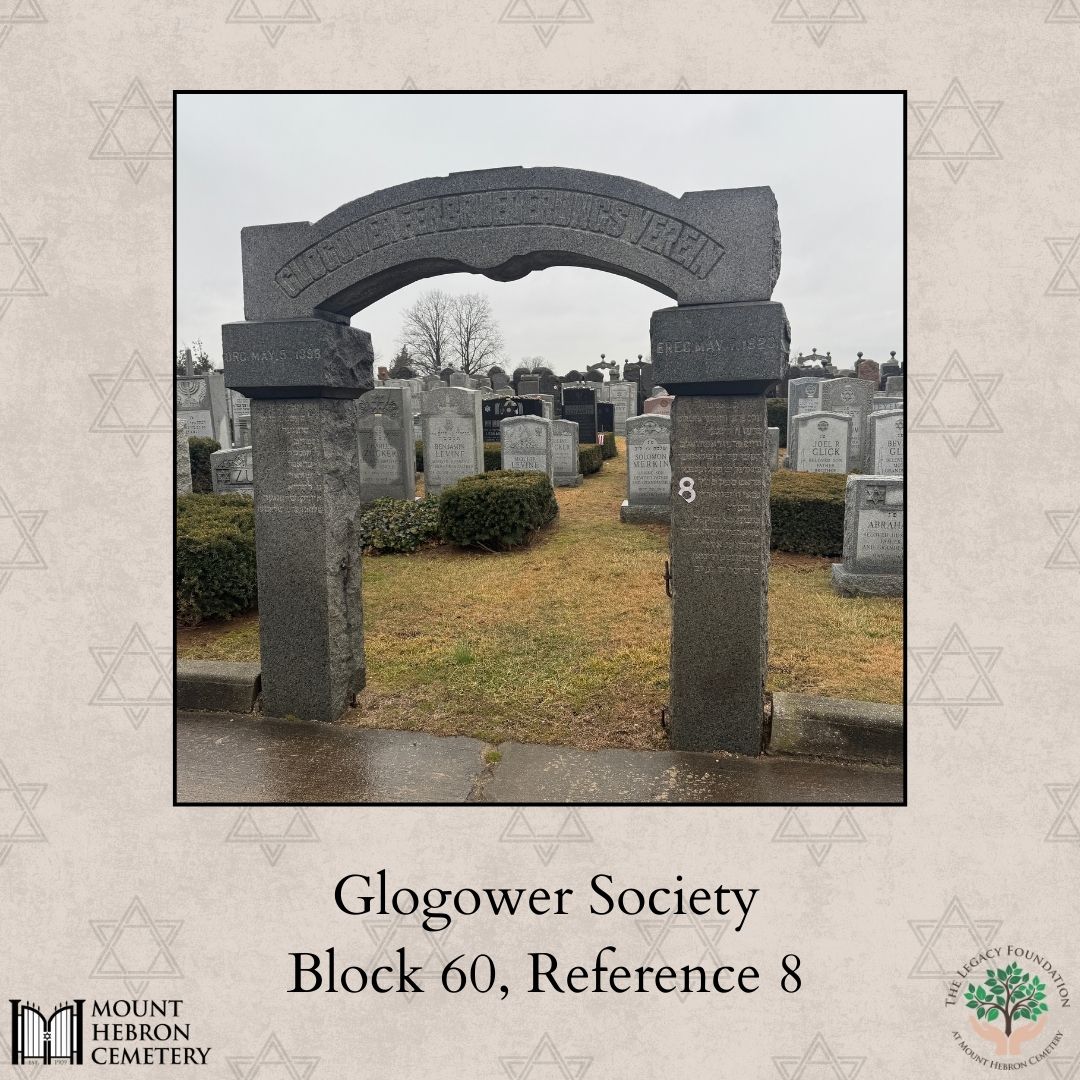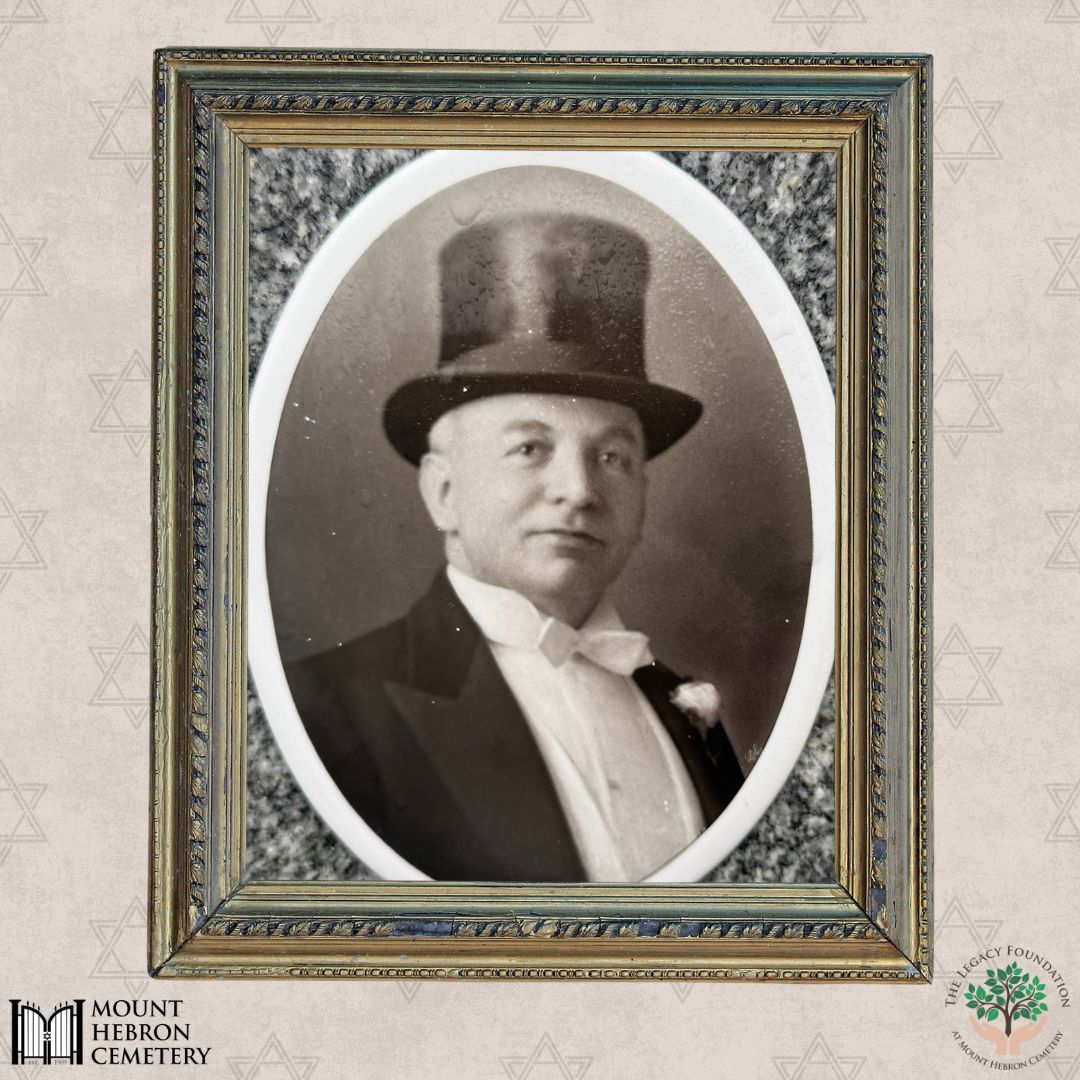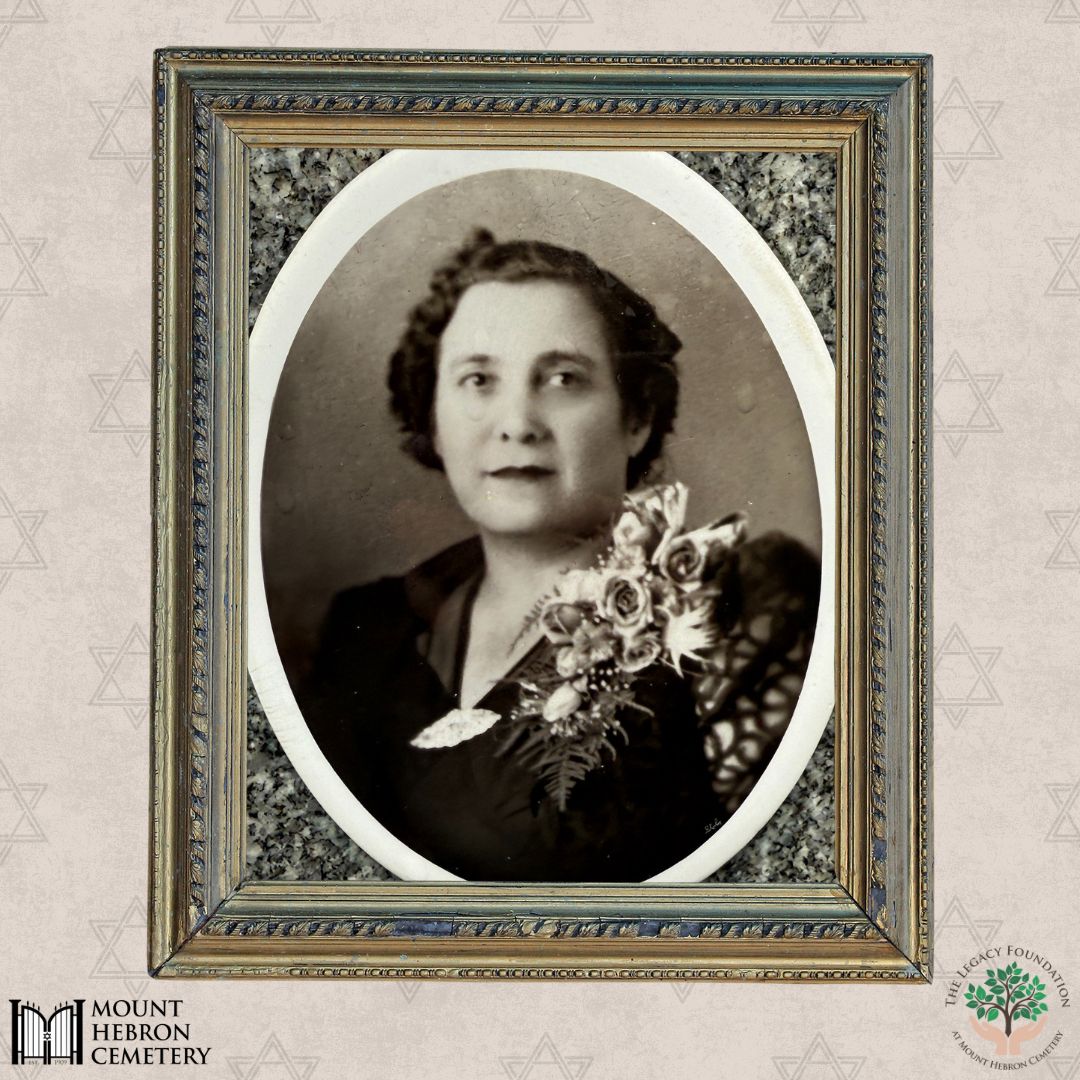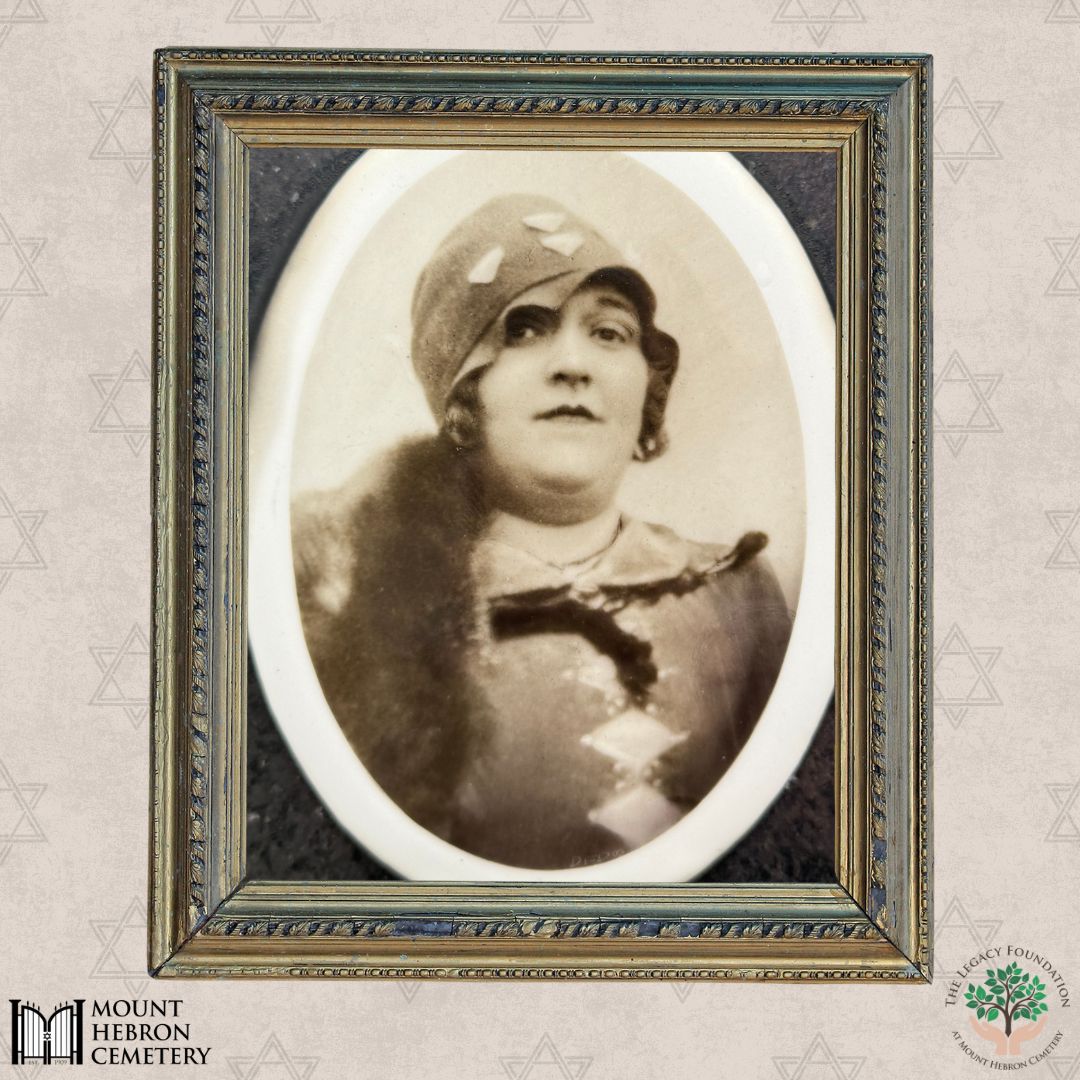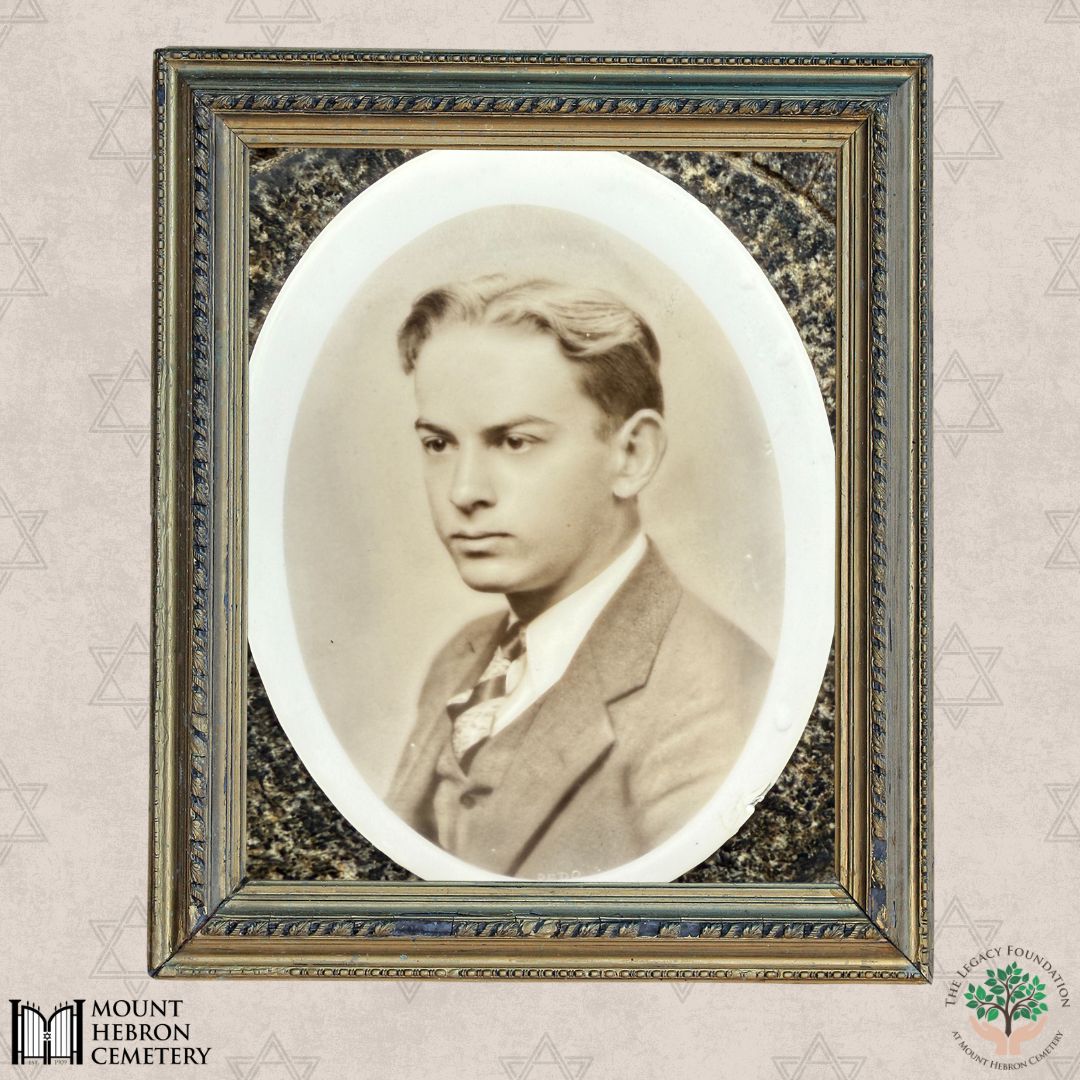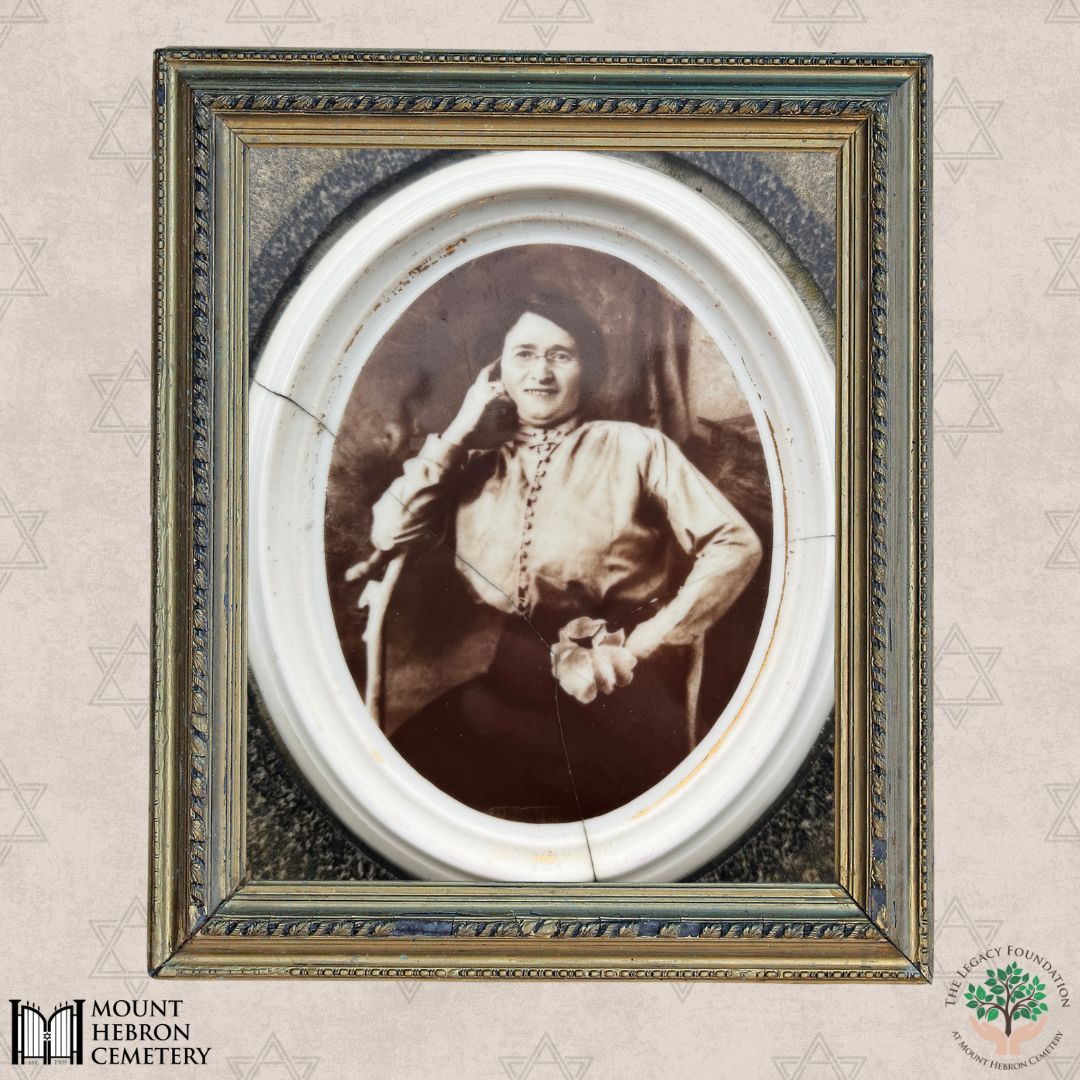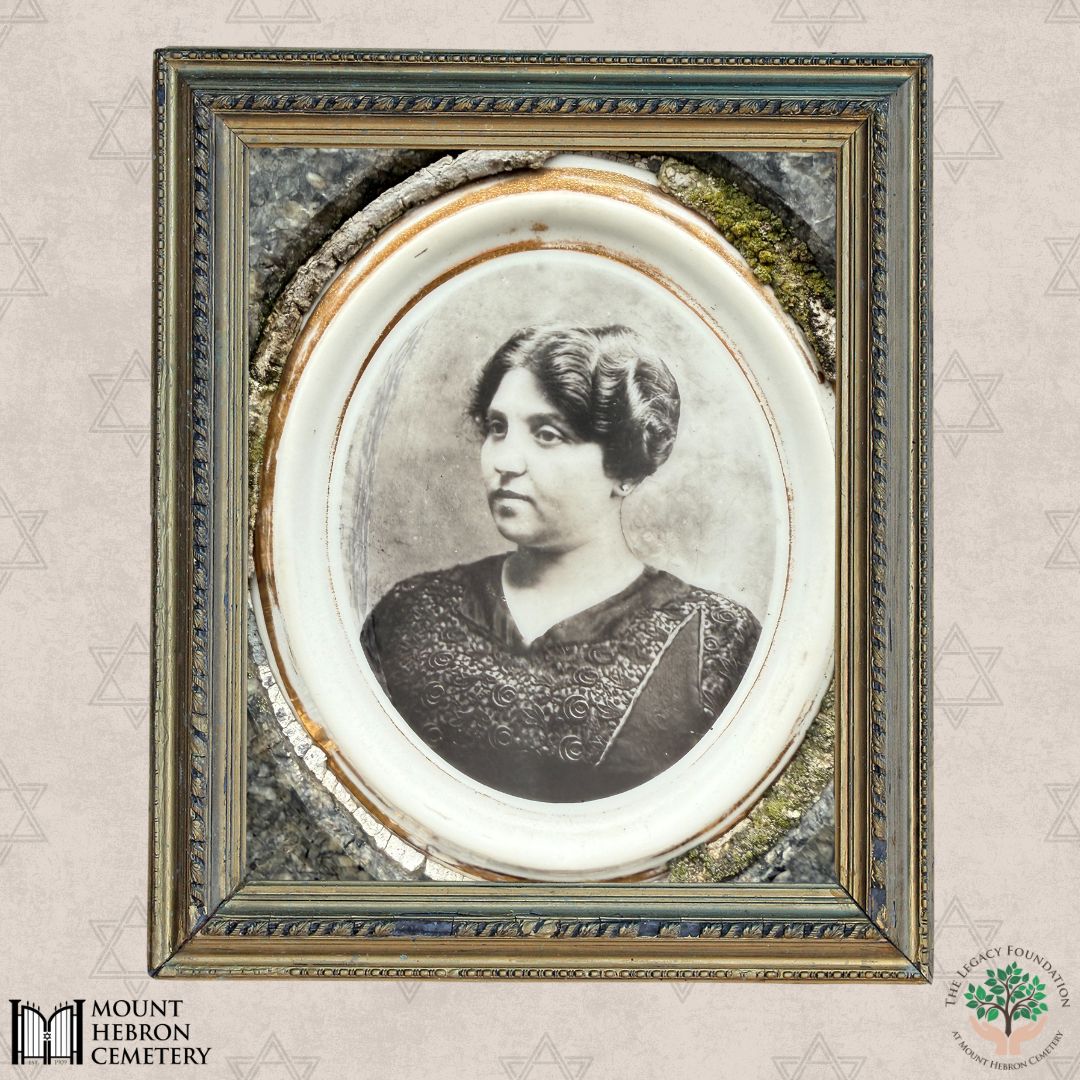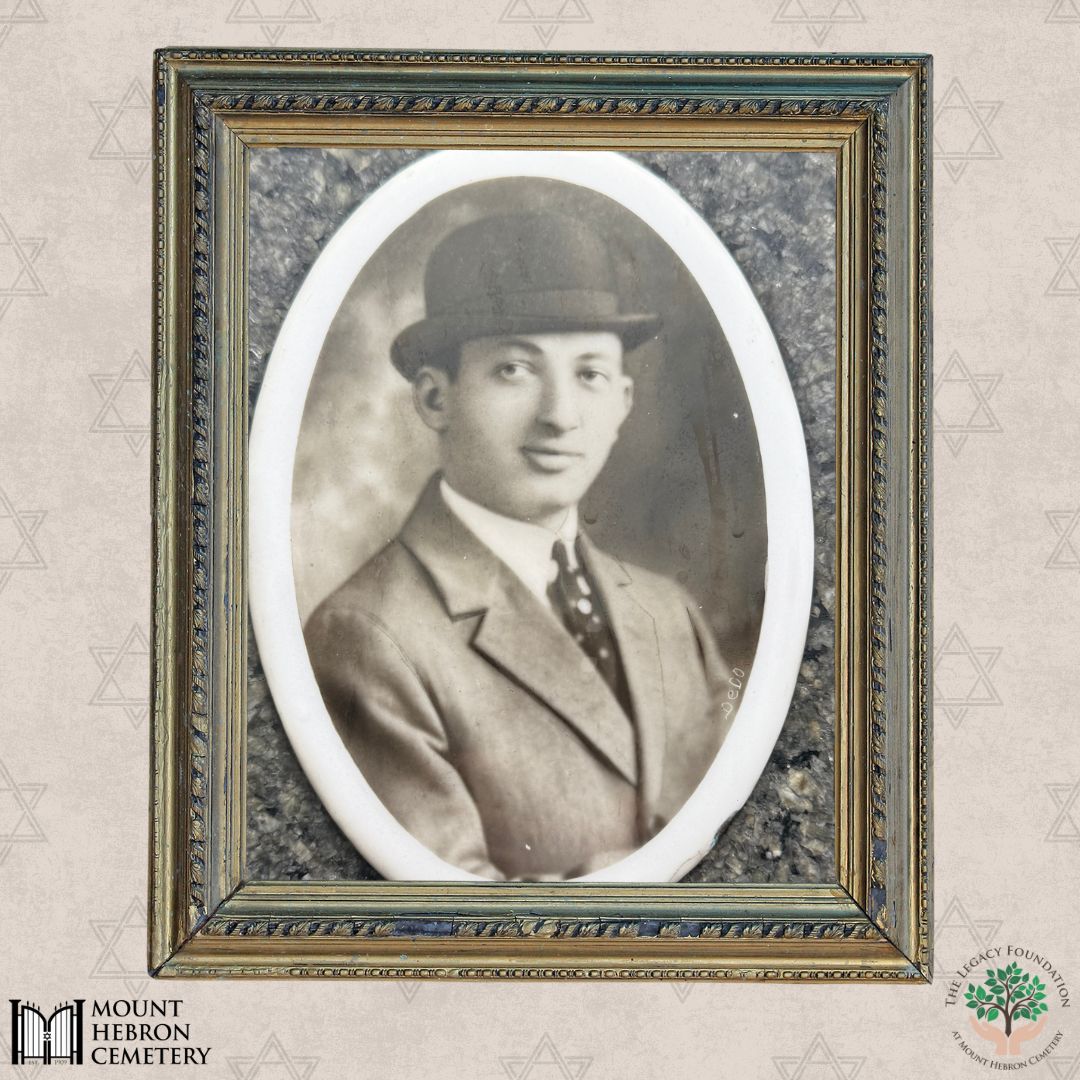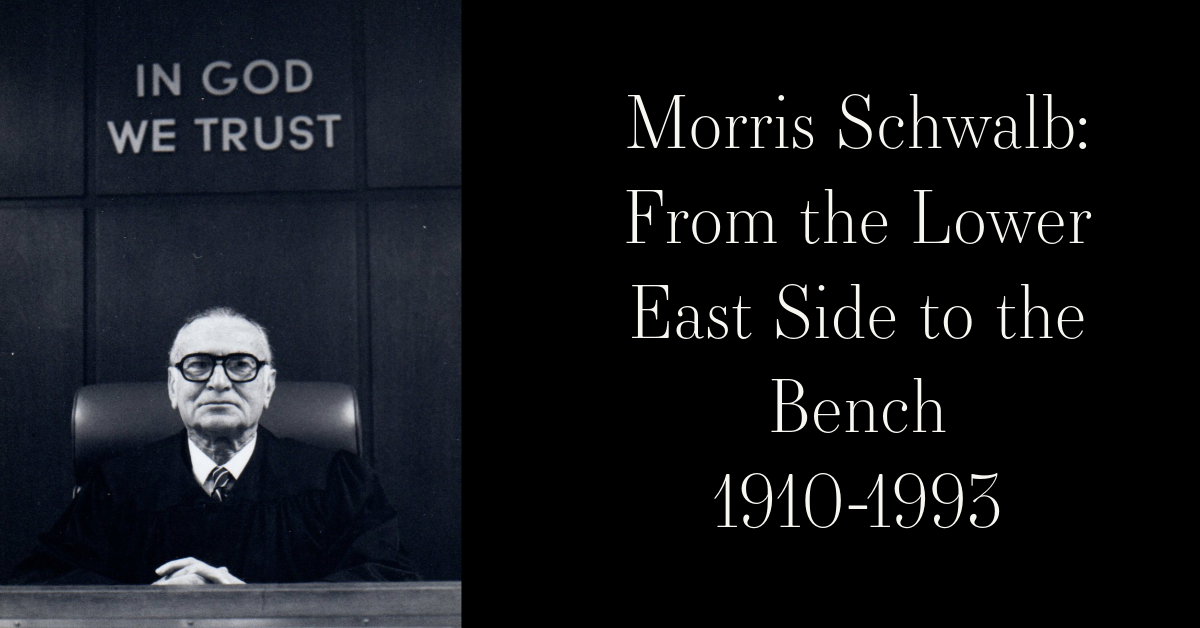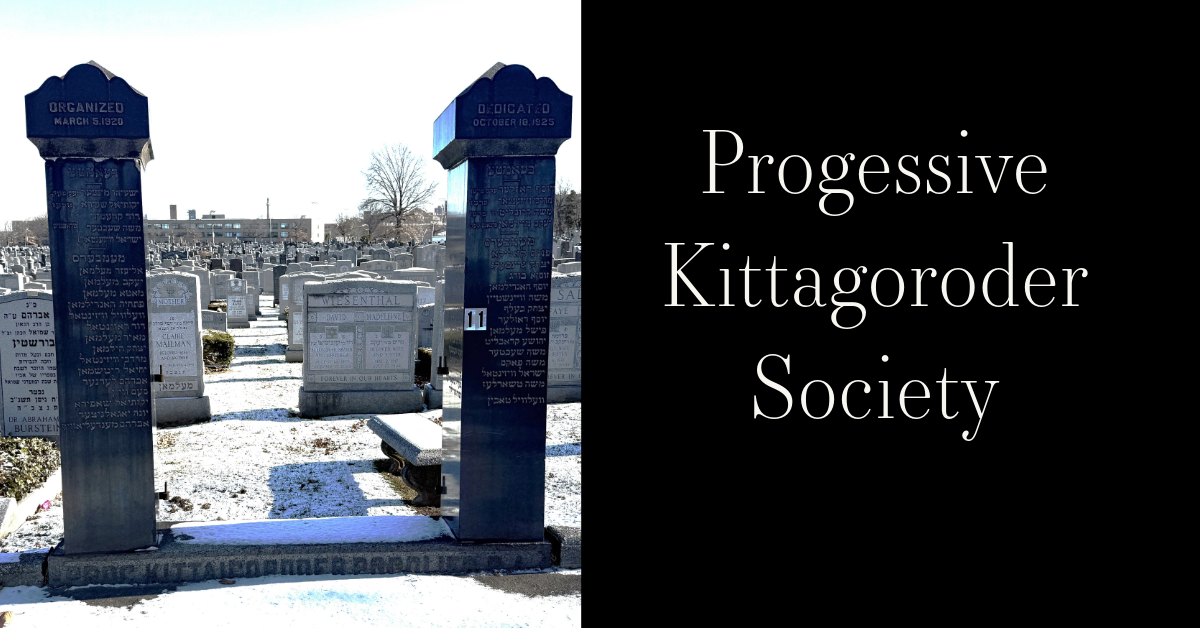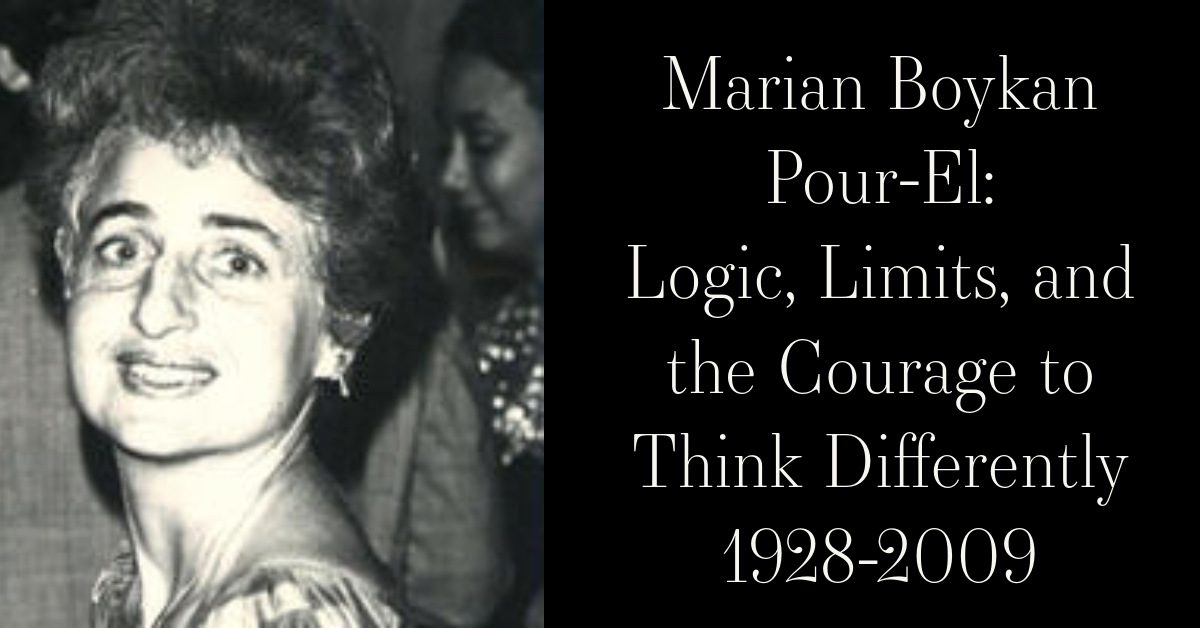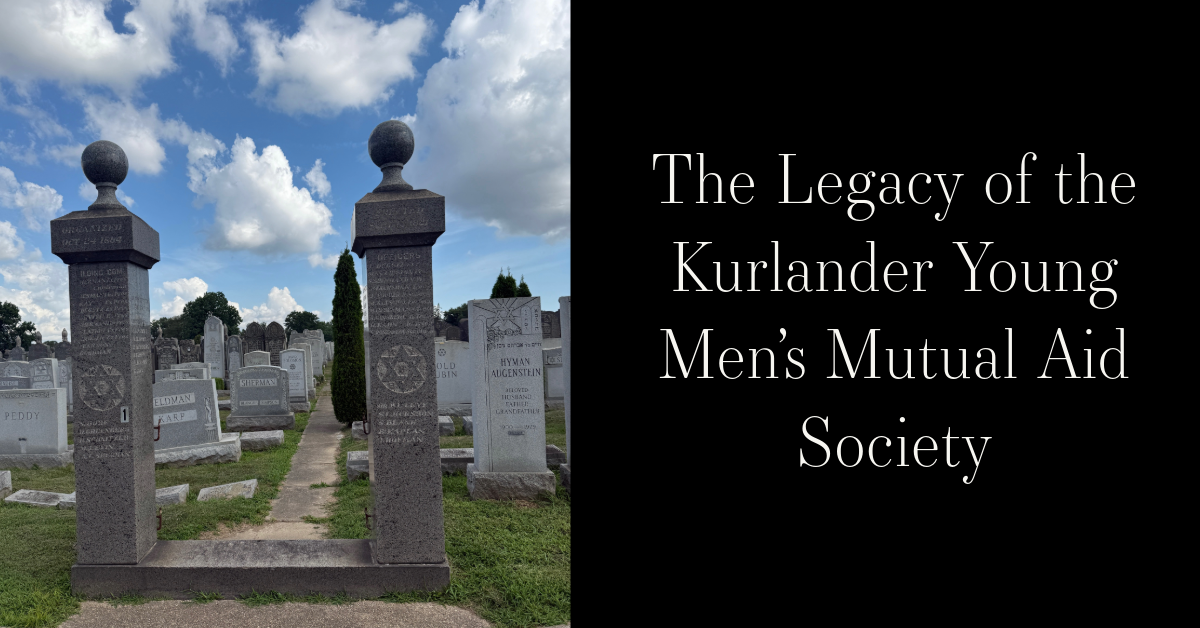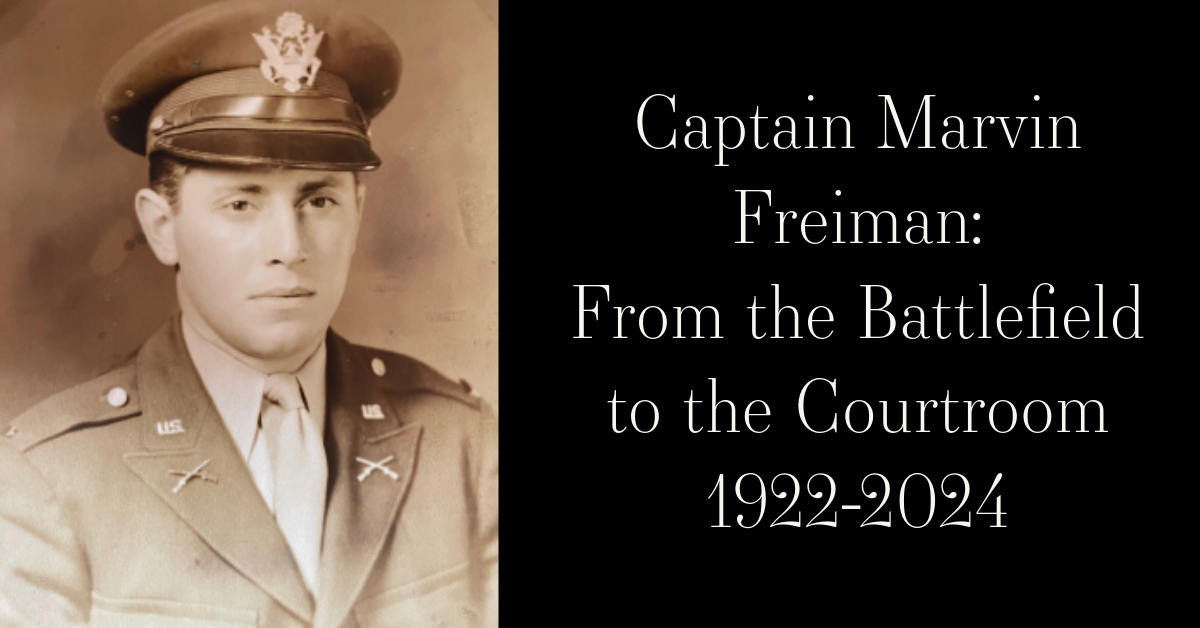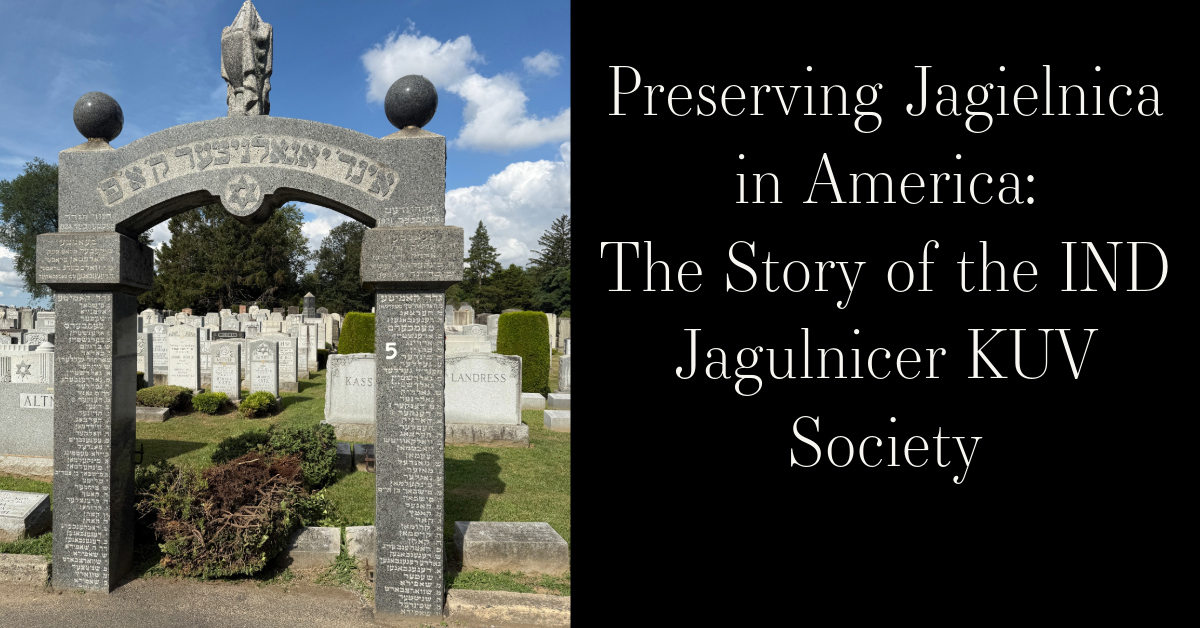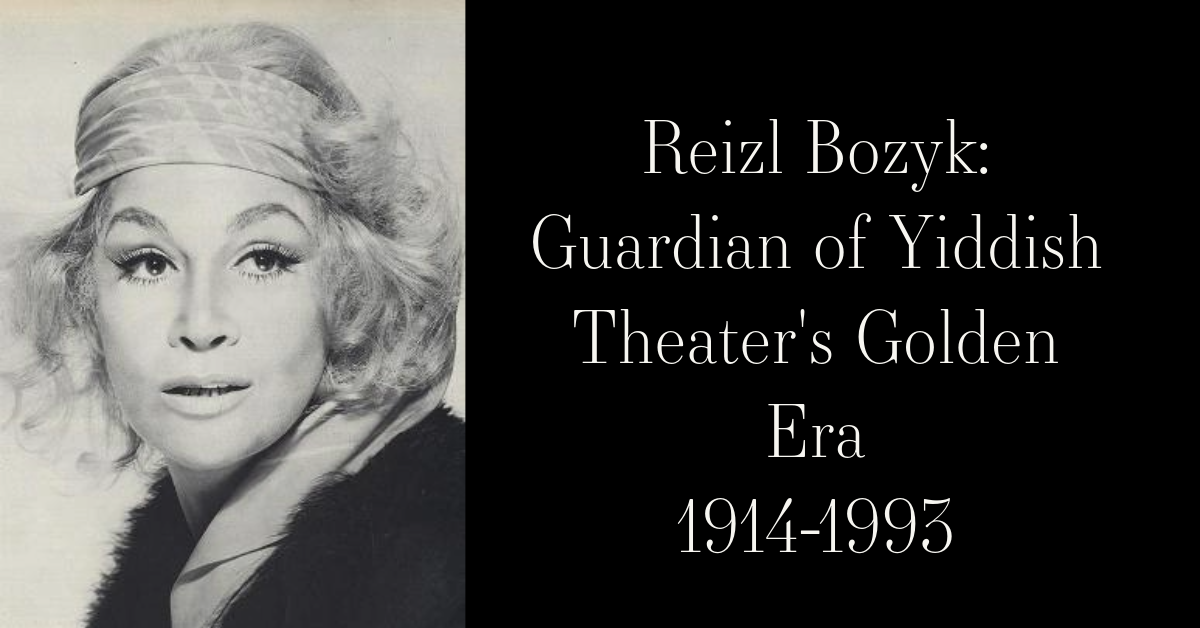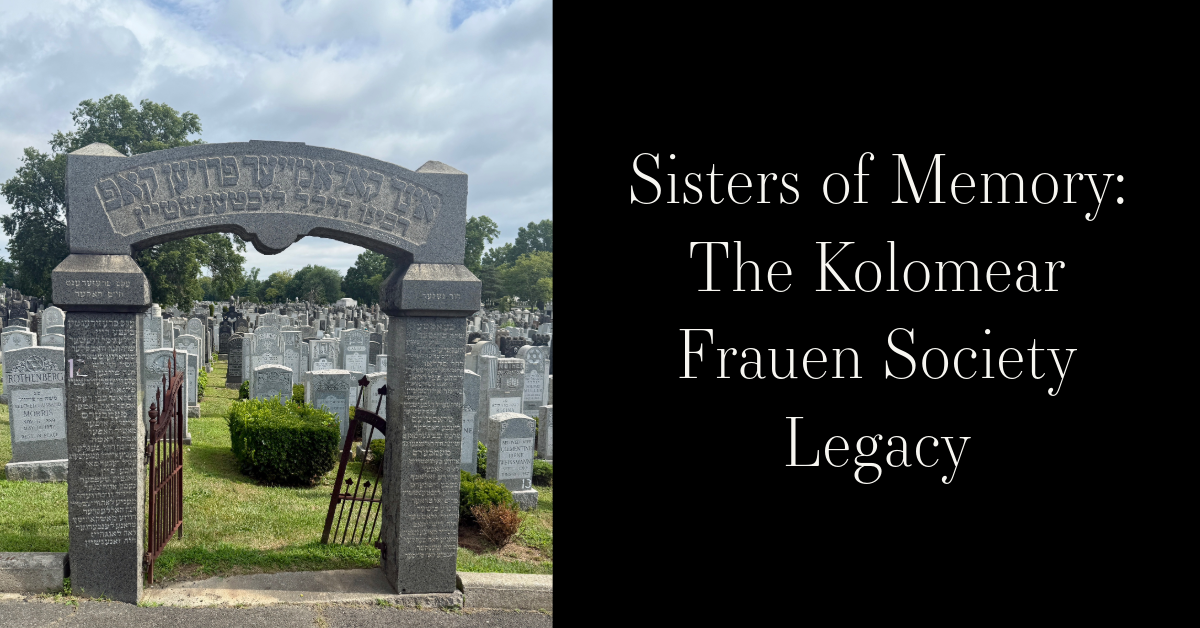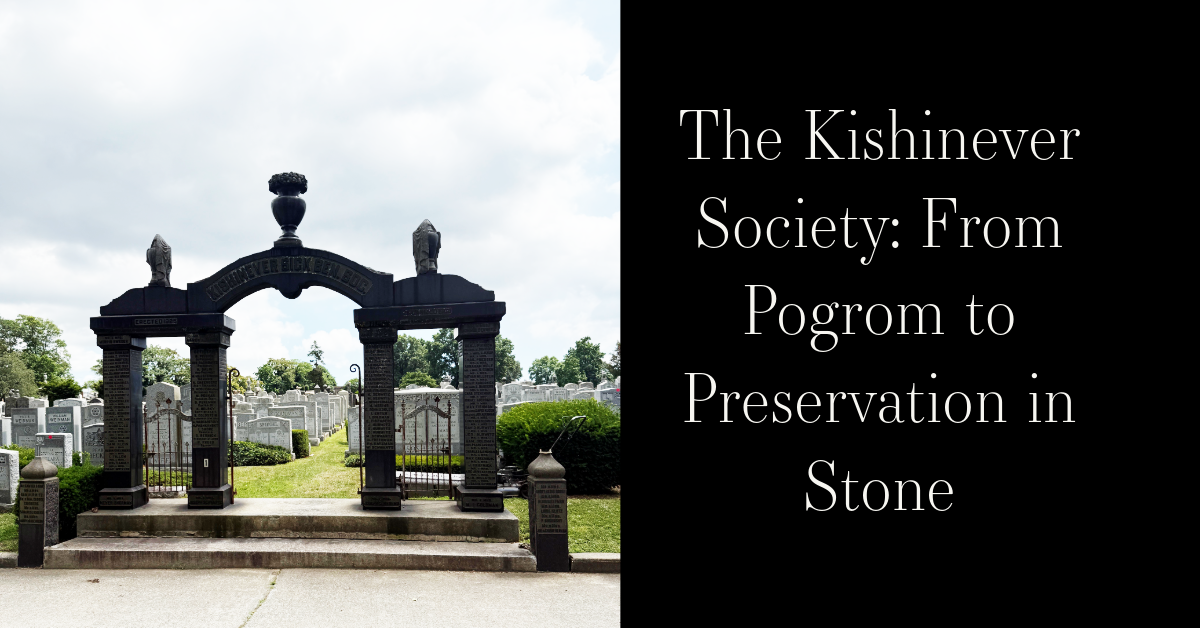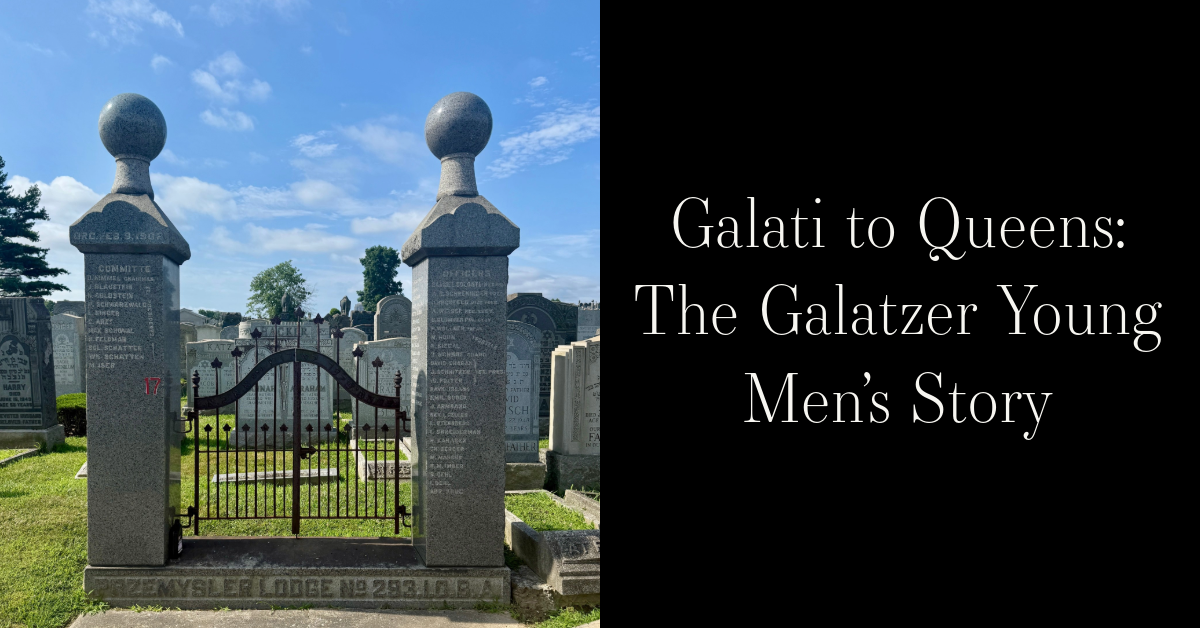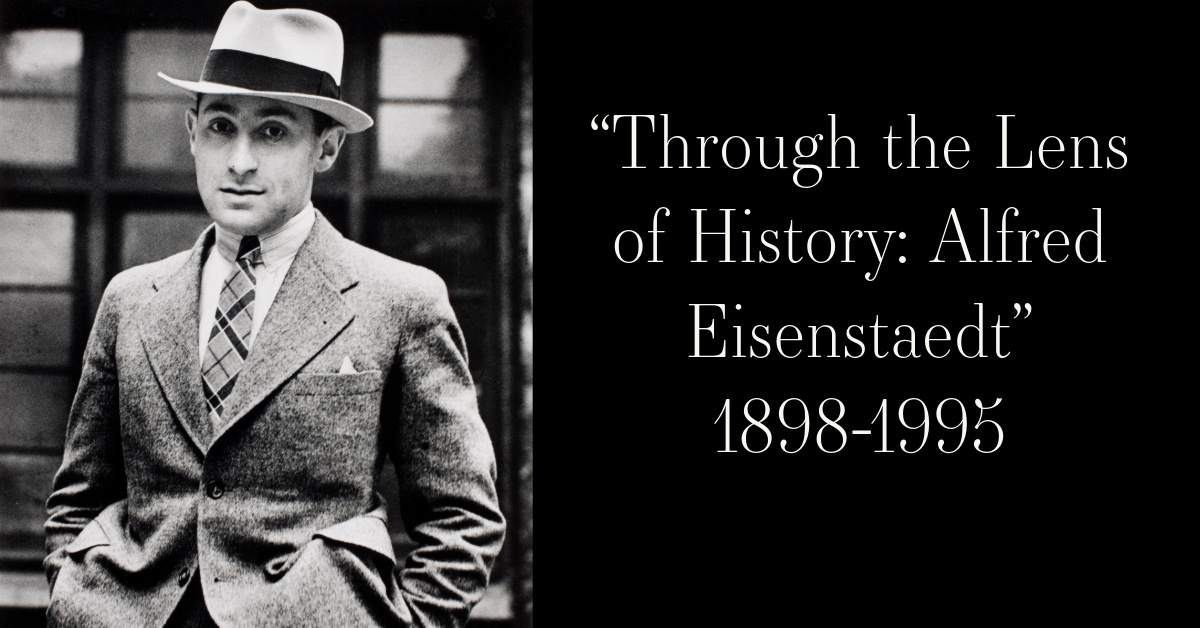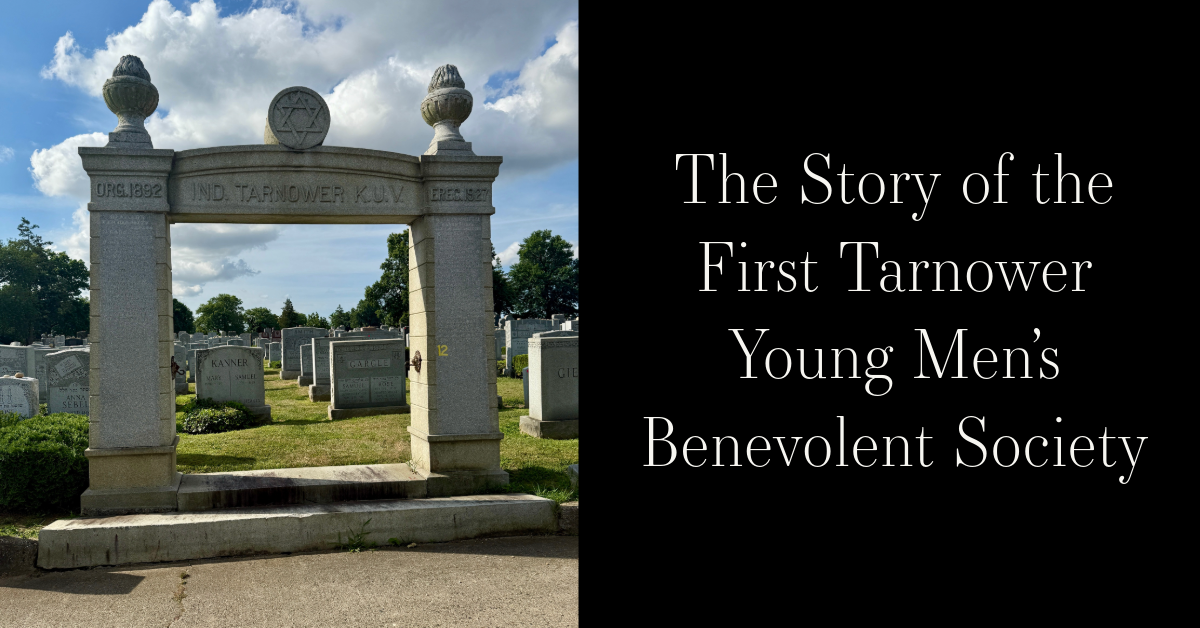Story Summary:
The Glogower "UV" Society was founded in 1896 by immigrants who hailed from Glogow (Glogow Malopolski, Glogau (German)), Poland. It was incorporated in 1937. The society provided sick and death benefits. Subsidized burial can be found at Acadia and Mount Hebron (Cedar Grove) Cemeteries. Initial Jewish presence in Glogow, Poland dates to the 13th century. Up until the 1630s, the Jews of Glogow were targets of libels, attacks, and an expulsion. By the 17th century, there were over 1600 members of the Jewish community of Glogow. This number increased to 1800 by the year 1791. Due to many moving to Wrocuaw (Breslaw) and Berlin, the population decreased to 600 by 1925. The remaining 45 Jews of Glogow all perished during the Holocaust. The community was not reestablished following WWII. A monument stands today in memory of them all. ~Blog by Olivia Scanlon
Glogower “UV” Society
The Glogower “UV” Society was founded in 1896 by immigrants who hailed from Glogow (Glogow Malopolski, Glogau (German)), Poland. It was incorporated in 1937. The society provided sick and death benefits. Subsidized burial can be found at Acadia and Mount Hebron (Cedar Grove) Cemeteries.
Initial Jewish presence in Glogow, Poland dates to the 13th century. In 1299, Prince Henry III provided the Jewish community a series of religious, economic, and legal rights. The Jewish community was also permitted to have a synagogue (location is either near the Oder River or on a road towards Brzostów). During the 15th century, the Jews of Glogow were frequently targets of libels and attacks. In 1582, the Jews were ordered to leave the town. In the 1630s, the family of Issac Benedict were granted permission to reside in Glogow. It was there that they built another synagogue as well as a cemetery (functioned until 1740). Jewish life in Glogow resumed.
By the 17th century, there were over 1600 members of the Jewish community of Glogow. This number increased to 1800 by the year 1791. During the second half of the 19th century, however, the population steadily decreased. This was because many moved out of Glogow and into Wrocùaw (Breslaw) and Berlin due to their more promising economic and social conditions. In 1827, a primary school was established along with another synagogue in 1892. By 1925, there were only about 600 members left of the Jewish community of Glogow. The economic development of Glogow was maintained by the influx of warehouses and various stores. Many also made their living as grain traders, craftsmen, and engaged in foreign trades.
Following the German invasion in 1933, the Jewish community of Glogow faced heavy persecution. In 1938, during Kristallnacht (Night of Broken Glass), the Grogow Synagogue was destroyed by fire and numerous Jews were arrested, their homes demolished. In January of 1941, there remained about 45 Jews. About thirty of them were all sent to a camp in Izbica to perform forced labor where they perished. The last Glagow Jew (Rabbi Dr. Leopold Lukas) died in Theresienstadt camp on September 13th 1943. Prominent Jewish figures of Glogow include Salomon and Edward Munk, and Rabbi Michael Saachs. The Jewish community of Glogow was not reestablished after WWII. There currently stands a monument in memory of the Jews of Glogow.
https://archives.cjh.org/repositories/7/resources/22392
https://sztetl.org.pl/en/towns/g/750-glogow/99-history/139590-history-of-community
https://dbs.anumuseum.org.il/skn/en/c6/e201922/Place/Glogow
https://www.jewishvirtuallibrary.org/glogau
https://kehilalinks.jewishgen.org/kolbuszowa/holocaust3.html


